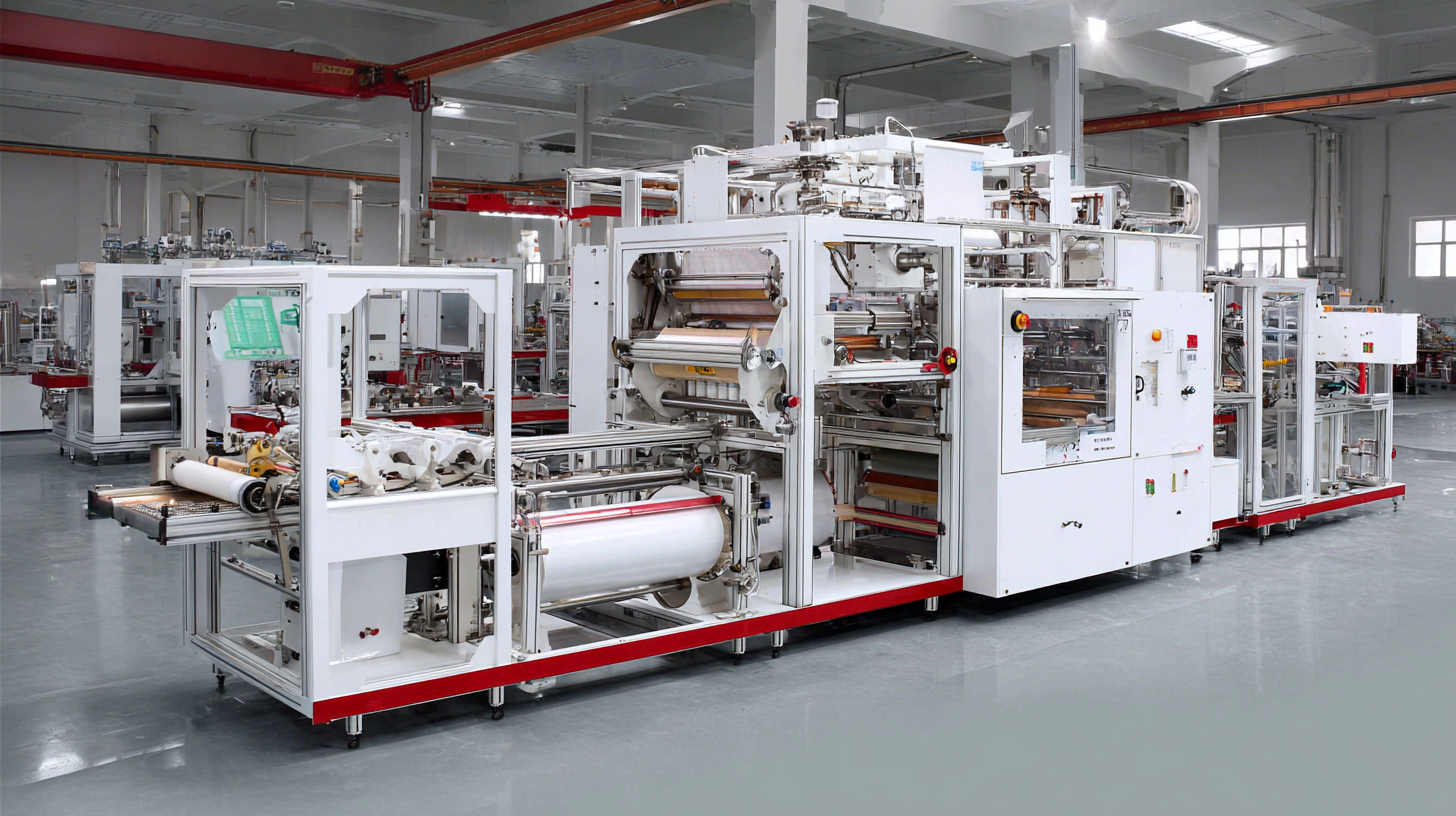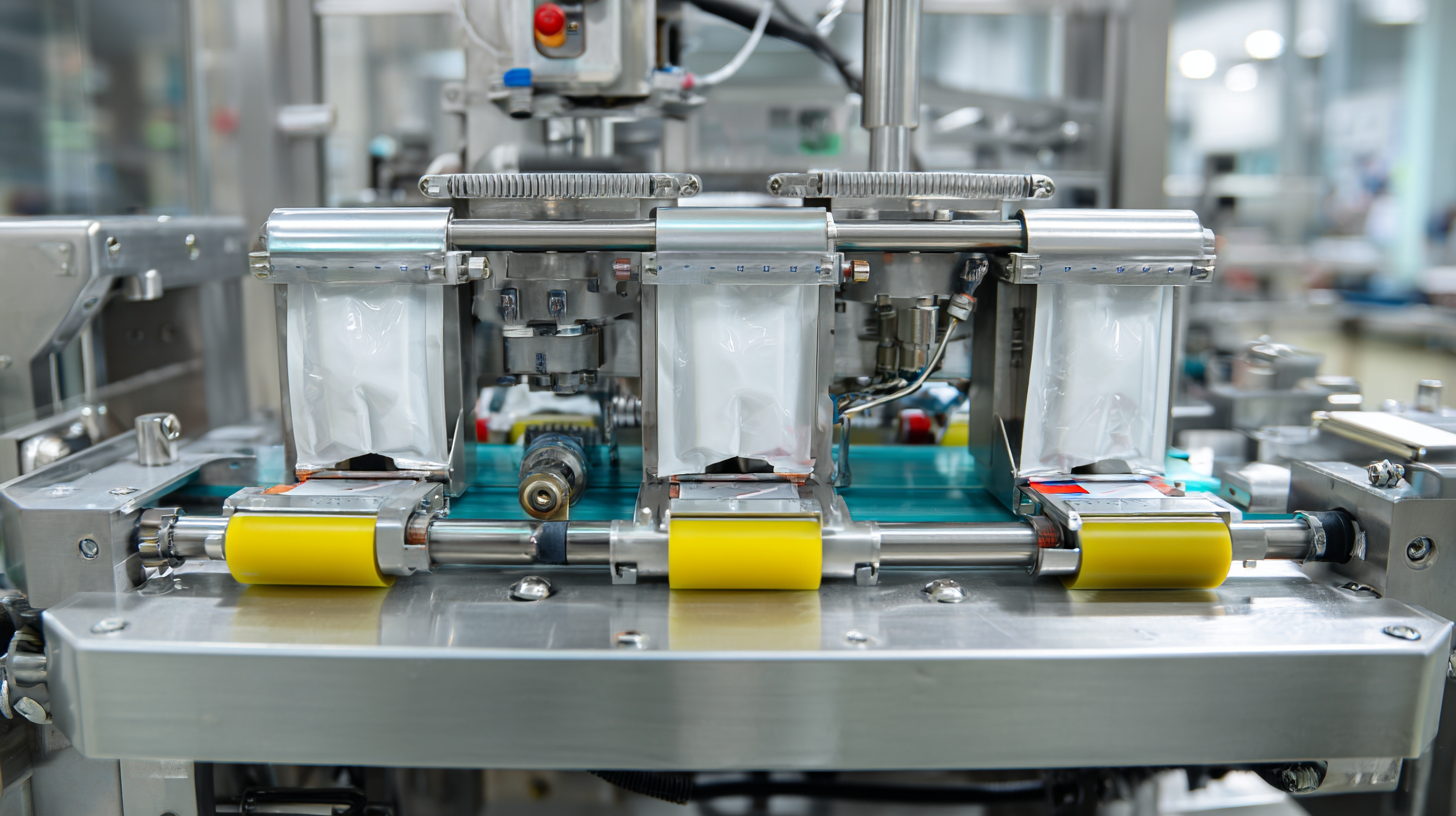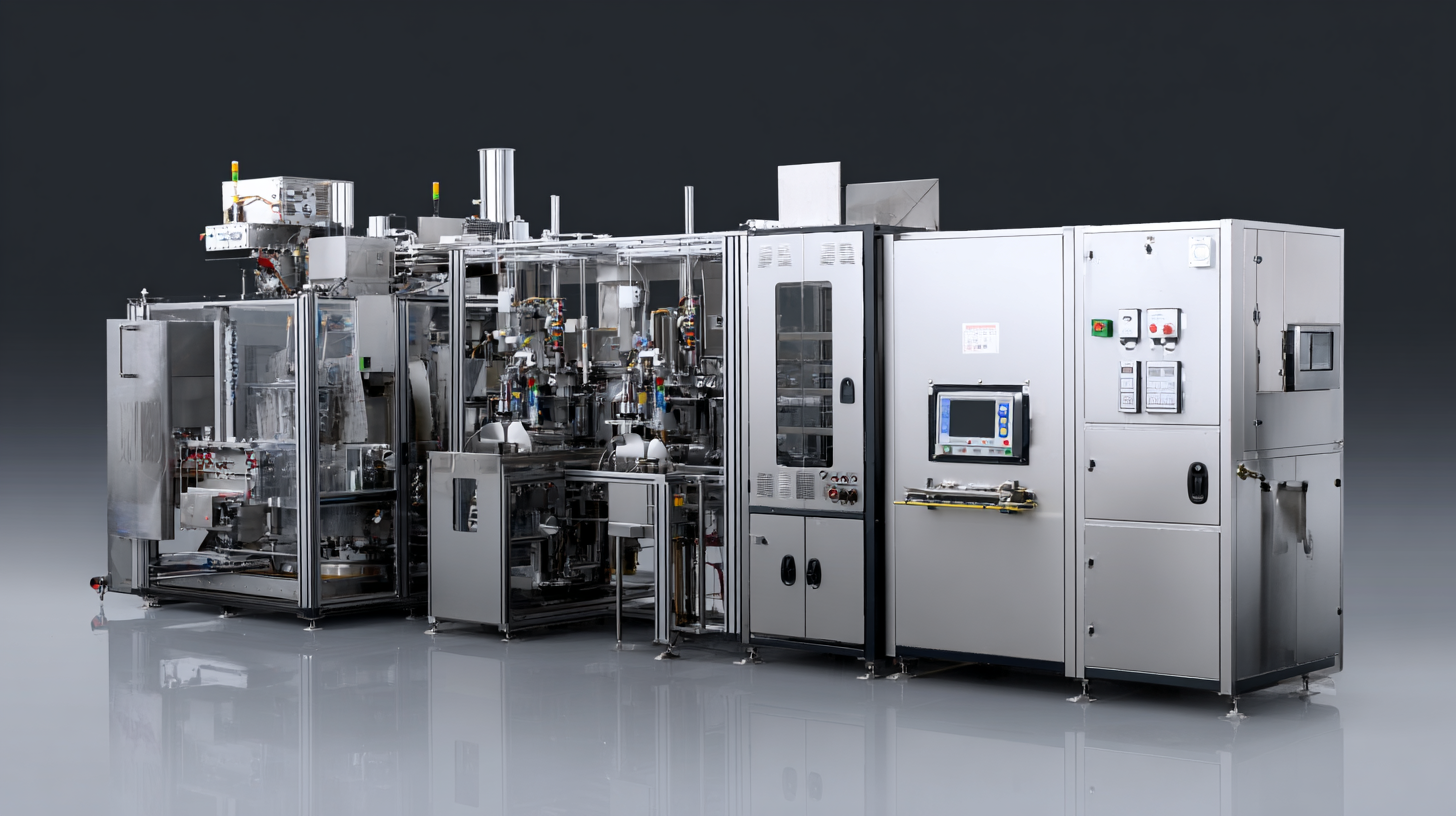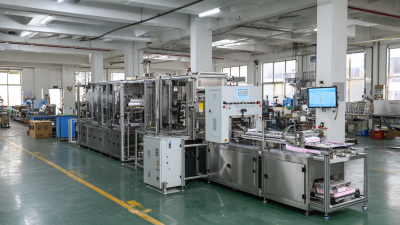How to Choose the Best Pouch Packaging Machine for Your Business Needs
In today's fast-paced packaging landscape, the pouch packaging machine has emerged as a vital asset for businesses seeking efficiency and versatility. According to a recent report by MarketsandMarkets, the global pouch packaging market is projected to reach $45.2 billion by 2024, driven by increasing demand for convenience and sustainability in product packaging. This growth is largely attributed to the flexible nature of pouch packaging, which can accommodate a wide variety of products, from food and beverages to personal care items. However, selecting the right pouch packaging machine for your specific business needs can be daunting, given the myriad of options and features available. Understanding the key factors such as production capacity, machine compatibility, and cost-effectiveness is critical to making an informed decision that aligns with your operational goals and enhances your product offerings.

Understanding Different Types of Pouch Packaging Machines Available on the Market
When selecting the best pouch packaging machine for your business needs, it's essential to understand the various types available in the market. Each machine is designed to cater to specific product types and packaging requirements. The most common types include vertical form-fill-seal (VFFS) machines, which create pouches from flat roll stock and are ideal for producing a variety of products, from snacks to powders. Their efficiency and versatility make them a popular choice for companies looking to streamline their packaging processes.
Another option is the horizontal form-fill-seal (HFFS) machine, suitable for products that need to be packaged in a more horizontal layout. This type is commonly used for foods like granola bars or moist items that require precise handling. Additionally, there are specialty machines for specific pouch designs, such as stand-up pouches or gusseted bags, which can enhance shelf appeal and promote better product visibility. Understanding these different types will help you make an informed decision based on your product specifications and production goals.
Key Features to Consider When Selecting a Pouch Packaging Machine for Your Business
When selecting a pouch packaging machine for your business, it’s crucial to consider several key features that can significantly influence efficiency and productivity. First, the machine's adaptability to various pouch sizes and types is essential. A versatile machine can handle different formats, such as stand-up pouches, flat pouches, or zip-lock bags, ensuring that your packaging line remains flexible as your product offerings evolve. Additionally, look for machines equipped with advanced technology that allows for quick changeovers, minimizing downtime during production transitions.
Another vital aspect to focus on is the automation level of the packaging machine. High automation can enhance speed and reduce the chances of human error, ultimately improving your operation's reliability. Features like machine learning capabilities can further optimize processes, such as detecting packaging defects or adjusting settings automatically based on production data. Lastly, consider the machine's maintenance requirements and the availability of support. A user-friendly design with easy access for cleaning and maintenance can ensure consistent operation and longevity of the machine, allowing your business to maintain high standards in packaging quality.
How to Choose the Best Pouch Packaging Machine for Your Business Needs
| Feature | Description | Importance |
|---|---|---|
| Speed | The number of pouches produced per minute. | High |
| Pouch Type | Compatibility with stand-up pouches, flat pouches, etc. | Medium |
| Automation | Level of automation: manual, semi-automatic, or fully automatic. | High |
| Material Compatibility | Types of materials the machine can handle. | High |
| Size & Dimensions | Physical size of the machine and the size of pouches it can produce. | Medium |
| Maintenance | Ease of cleaning and servicing the machine. | High |
| Cost | Overall price of the machine including installation and training. | Medium |
Assessing Your Production Volume and Speed Requirements for Optimal Machinery Selection
When choosing the best pouch packaging machine for your business, it's essential to assess your production volume and speed requirements accurately. Modern pouch packaging machines are designed to accommodate various volume levels, ranging from small batch productions to large-scale operations. A recent report indicates that businesses with a production volume exceeding 10,000 units per day benefit significantly from high-speed machines, which can achieve efficiencies of up to 85% in packaging speed. For companies with lower production needs, investing in versatile machines that allow for quick changeovers may be more advantageous.
Moreover, incorporating smart technology, such as AI and machine learning, into your machinery selection process can optimize production workflows. These technologies have been shown to enhance the decision-making process within intelligent manufacturing, ensuring that production lines are running smoothly and efficiently. For instance, a study on manufacturing processes using directed energy deposition found that adjusting parameters like laser power and scan speed resulted in improved product consistency and resource management. By leveraging data-driven insights and advanced packaging solutions, businesses can not only meet their current demands but also scale effectively as their production needs evolve.

Evaluating the Pouch Material Compatibility for Enhanced Packaging Efficiency
When selecting a pouch packaging machine, understanding the compatibility of pouch materials is crucial for enhancing packaging efficiency. According to a report by MarketsandMarkets, the global flexible packaging market is projected to reach $300 billion by 2025, with a significant portion attributed to advancements in pouch packaging technology. The choice of material—be it plastic, foil, or compostable options—greatly influences not only the shelf life of the products but also the overall operational effectiveness of the packaging process.
Different materials offer distinct benefits: for example, a high barrier film can protect sensitive products from moisture and oxygen, ensuring longer freshness. A survey by Packaging Strategies indicated that 70% of consumers prefer products that utilize sustainable packaging, highlighting the necessity for businesses to consider biodegradable or recyclable materials. By evaluating the specific compatibility of the pouch materials with the product's needs and the packaging machine's capabilities, companies can optimize their production line, reduce waste, and meet consumer demands for sustainability.
Budgeting for Your Pouch Packaging Machine: Costs, Maintenance, and ROI Considerations
 When budgeting for a pouch packaging machine, it's crucial to consider not only the initial purchase price but also ongoing maintenance and the potential return on investment (ROI). Recent industry reports indicate that businesses can save significant amounts on maintenance costs by implementing preventive measures. For instance, adopting practices aligned with ICML 55.1 standards can lead to reduced downtime by up to 30%, enabling manufacturers to maintain smoother operations and increase profitability.
When budgeting for a pouch packaging machine, it's crucial to consider not only the initial purchase price but also ongoing maintenance and the potential return on investment (ROI). Recent industry reports indicate that businesses can save significant amounts on maintenance costs by implementing preventive measures. For instance, adopting practices aligned with ICML 55.1 standards can lead to reduced downtime by up to 30%, enabling manufacturers to maintain smoother operations and increase profitability.
Moreover, the initial investment in a quality pouch packaging machine can yield substantial long-term savings. According to market analysis, companies that integrate advanced automation technologies are projected to experience up to a 15% reduction in labor costs. This highlights the importance of evaluating the total cost of ownership, which includes maintenance expenses, operational efficiencies, and the longevity of the machinery. By ensuring proper maintenance practices and selecting the right equipment, businesses can maximize their ROI while effectively addressing their packaging needs in an increasingly competitive landscape.
Related Posts
-

Innovative Pouching Machine Designs Transforming Packaging Solutions
-

Unlocking Efficiency and Profitability with Powder Packaging Machines for Global Suppliers
-

How to Choose the Right Form Fill and Seal Machine for Your Packaging Needs
-

Essential Food Packing Machine Checklist: 10 Key Factors for Optimal Performance
-

The Ultimate Guide to Comparing Packaging Automation Solutions for Global Buyers
-

Exploring the Versatility of Pharmaceutical Filling Machines Across Industries
